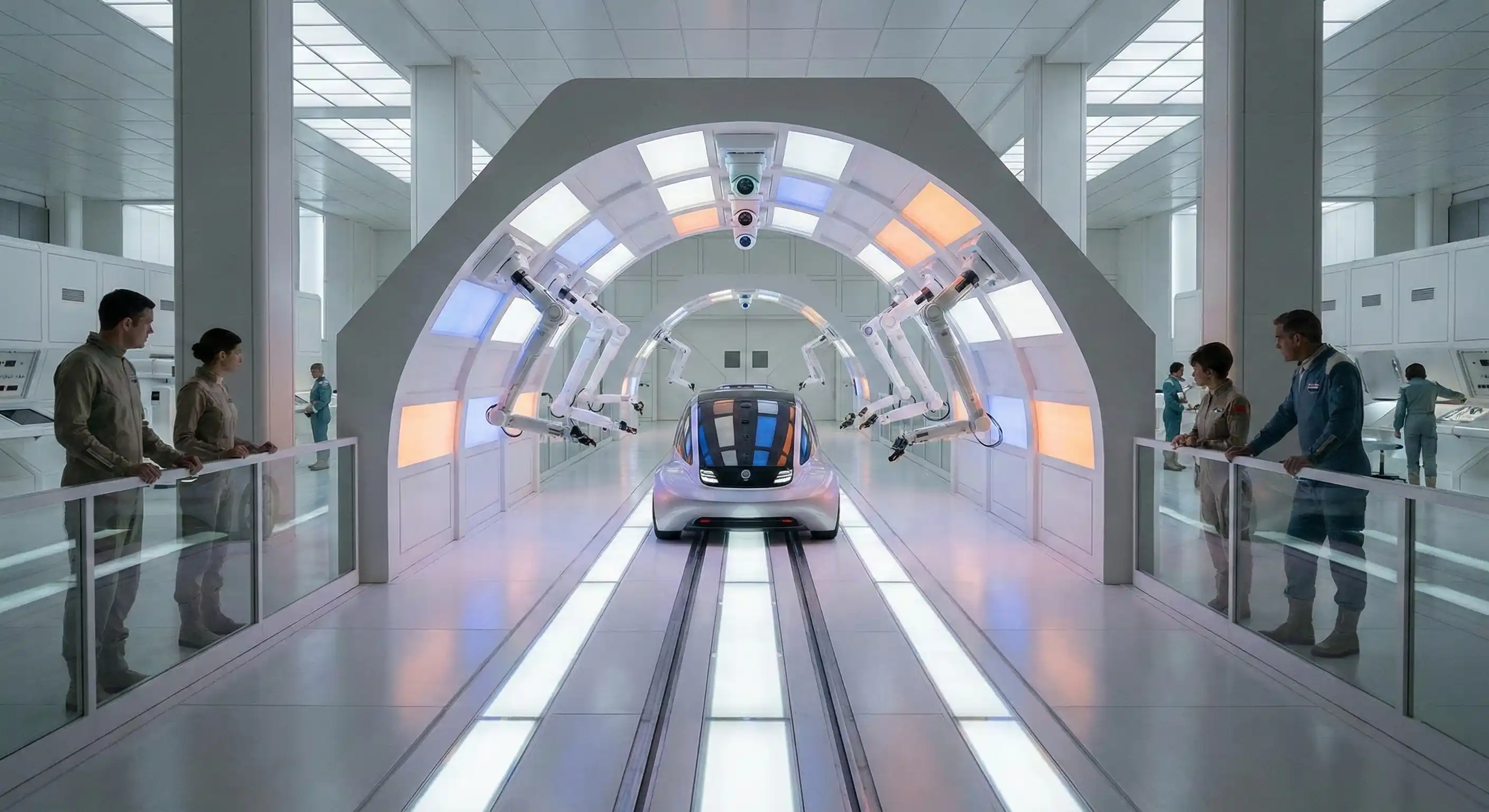AI-powered remote monitoring technologies allow you to keep an eye on critical processes in real time, ensuring that all production stations run smoothly and that every product and component that rolls off the line meets the strictest quality and performance standards. Remote monitoring isn’t just a convenience – it’s a game-changer for manufacturers, helping them save costs, optimize operations, prevent defects, and make data-driven decisions, setting them up for future success.
1. The power of instant insights
When you can see exactly what's happening on the factory floor, you can identify bottlenecks and inefficiencies as they happen and resolve issues on the fly – before they impact your bottom line. Unlike human quality control specialists, automated visual inspection systems never tire, get distracted, or take breaks. It’s like always having a window into your production line, continuously delivering accurate insights to ensure that your manufacturing processes are as effective as possible, avoiding costly delays, and maximizing output.
2. Improving efficiency from anywhere
Automated inspection systems have been around for decades, but legacy cameras lack the efficiency and scalability of modern AI-powered solutions. The new generation of smart visual automation tools adapt as they learn more about your products and specifications. The more data they collect, the easier it becomes to recognize acceptable variations, spot trends, and pinpoint potential problems that cause defects down the line.
3. Predictive maintenance – staying ahead of breakdowns
With remote monitoring, equipment maintenance becomes a proactive strategy – rather than a reactive one. By continuously tracking the performance and condition of production line machinery, you can identify and address issues before they turn into disruptive events and schedule maintenance without disrupting production.
4. Continuous quality control for superior products
Quality control is critical in manufacturing, and advanced AI-powered tools provide a continuous oversight mechanism that helps businesses maintain high standards. By constantly checking production outputs against quality metrics, manufacturers can spot deviations and take corrective action. This reduces waste, improves product consistency, and, by extension, boosts customer confidence and satisfaction through consistent and reliable product quality.
5. Cost savings through strategic monitoring
Between labor cost savings, fewer equipment failures and interruptions, and lower defect rates, cost savings can be significant, helping manufacturers maintain competitive pricing and invest in growth and innovation. Unlike legacy camera systems that need constant onsite maintenance and re-programming, automated vision inspection stations can be configured from anywhere without the need for trained coders. Their scalable architecture allows for settings to be saved on the cloud and applied to any of the inspection locations, saving manufacturers time and money.
6. Smarter decisions with real data
The data collected through remote monitoring isn't just for observing – it’s at the core of modern machine vision platforms and a gold mine of information that can drive operational improvements. By analyzing trends and performance metrics, manufacturers can do more than protect their products from recurring defects – they can identify successful practices and support strategic planning decisions that can help them stay agile and responsive to market demands.
7. Enhancing safety and compliance
Having real-time data on safety conditions and operational parameters at your fingertips means that any issues that could pose safety risks or compliance deviations can be identified and addressed quickly and cost-effectively. This capability is essential in industries that are tightly regulated, helping manufacturers avoid fines, work stoppages, and potential legal issues.
Automated, self-learning AI-powered remote monitoring solutions help businesses maintain tighter control over their manufacturing processes, leading to improvements in efficiency, maintenance, quality, cost savings, and safety. The transition from manual inspections or legacy systems to these new methods is not merely a step forward – it's an investment into a more stable, profitable, and sustainable future in manufacturing.




